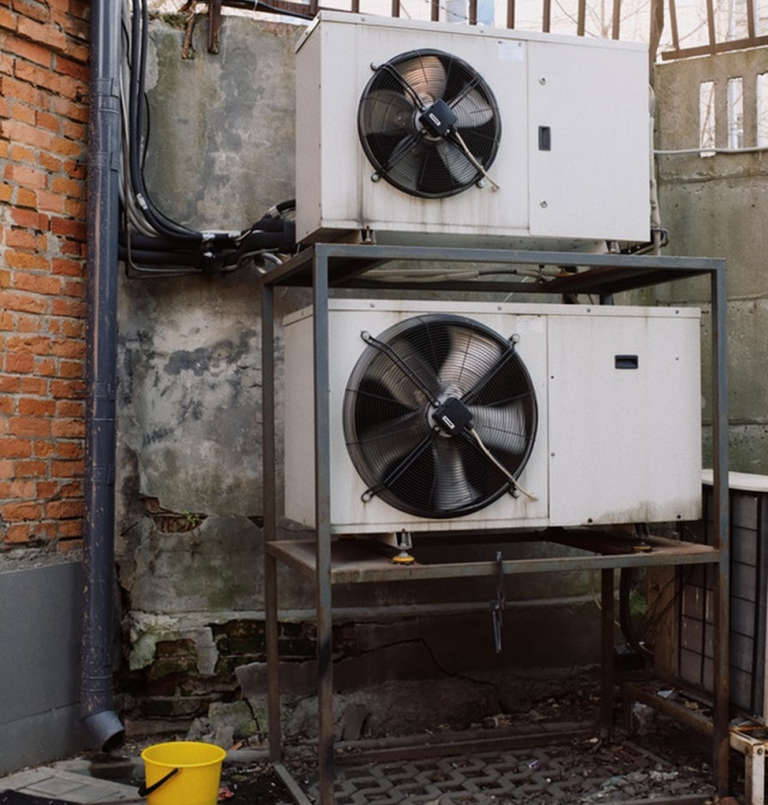The furnace is among the essential home appliances, since it keeps your home warm during chilly winters. A well-maintained heating system ensures consistent performance and efficiency. If you ignore maintenance tasks, the furnace will likely become unreliable and expensive to operate. Use the following furnace maintenance tips and avoid inconvenient breakdowns.
1. Reprogram the Thermostat
The thermostat in your furnace is an essential component that communicates with the furnace to initiate the heating cycles. Since the thermostat runs on batteries, it’s important to change the batteries at the beginning of the cold season to ensure the system works as intended. When the heating equipment triggers the cycles at the exact time, you won’t pay more on your energy bills since the furnace isn’t working too hard. Ideally, you should have some extra batteries for your furnace.
In addition, it’s prudent to reprogram your furnace depending on the seasons and individual temperature needs. The program should fit your schedule and lifestyle. For instance, if you want to have a warmer indoor environment in the morning, program the thermostat to start heating the house 15 minutes before you get out of bed. Besides saving money on your energy bills, thermostat programming reduces the overall wear and tear and improves the average lifespan of your system.
2. Clear Furnace Flue and Clutter
A reliable furnace requires sufficient space to breathe. Ideally, the equipment should have at least one foot of clutter-free space to allow unrestricted airflow necessary for the combustion of the heating element. If the furnace is in the attic or cellar where debris tends to accumulate, make sure you clean the space at the onset of the heating season.
If the combustion flue of your furnace is accessible, make sure to clear any debris or critters that may have accumulated during the summer. The exhaust is critical since it moves air out of your home and is often found on the sidewall or the roof. Before inspecting the flue, make sure the furnace is not running.
3. Inspect the Duct System
During the summer and spring, critters can nest in the ductwork and the surrounding insulation. The condition of your space can also impact the integrity of your ducts over time. This can compromise the efficiency of your ducts and impair the circulation of warm and cool air.
If you experience cold spots around your home, it’s likely your ductwork needs maintenance. Ideally, you should schedule periodic inspections to ensure there are no tears or deteriorating insulation. Unless you are sure of what you’re doing, it’s always important to talk to a furnace service specialist for ductwork troubleshooting and repairs.
4. Understand Your System and Maintenance Practices
While most furnace systems run on natural gas and electricity, heating systems or heaters that use propane or heat pumps are available. Before you start your maintenance tasks, it’s essential to understand the type of heating system in your home and learn more about its maintenance best practices.
Typically, some systems tend to be more maintenance-free than others. For instance, natural gas furnaces require periodic inspections and optimization to ensure consistency and efficiency.
Endnote
Furnace breakdowns during the winter can be stressful and uncomfortable. Instead of waiting until the heating system develops serious issues, you can take proactive actions and schedule regular maintenance to avoid expensive repairs.

